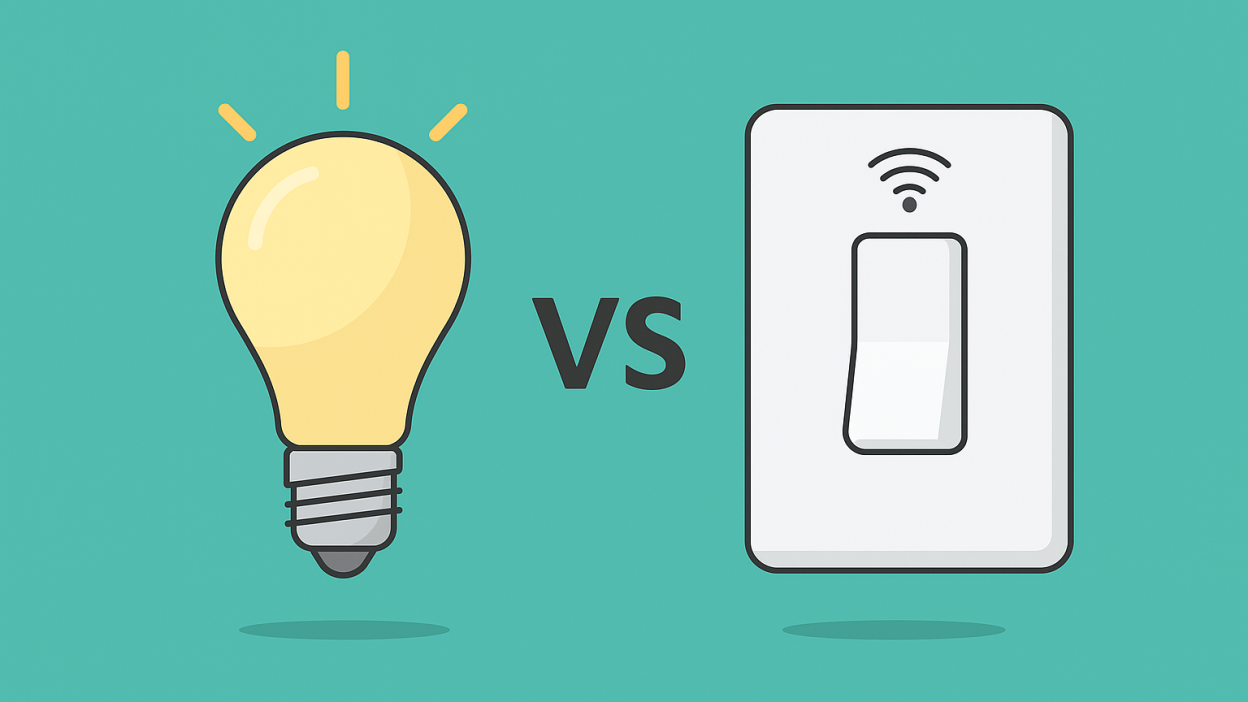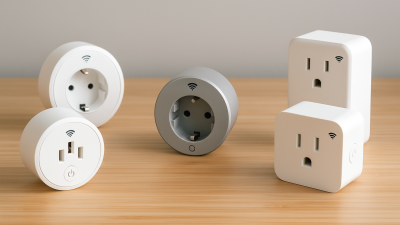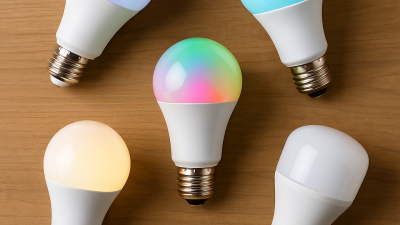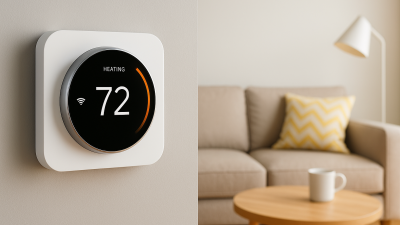Smart Light Switches vs. Smart Bulbs: Which One Should You Choose?
Smart lighting is one of the most popular upgrades for modern homes. When it comes to automating your lights, two main options dominate the market: smart light switches and smart bulbs. Each has its advantages and potential drawbacks, making it essential to understand which solution is best for your specific needs.
Smart Light Switches: Key Features
- Control traditional light fixtures via smartphone or voice assistant.
- Can manage multiple bulbs at once through a single switch.
- Often compatible with existing wiring, though some require a neutral wire.
- Continue to work even when operated manually.
Smart Bulbs: Key Features
- Easy to install — simply replace a standard bulb.
- Provide individual control of each bulb for advanced scenes and color changes.
- Ideal for renters or temporary setups.
- Require power from the wall switch to remain controllable via apps.
Comparison: Which Option Fits You Best?
| Feature | Smart Light Switch | Smart Bulb |
|---|---|---|
| Installation Complexity | Moderate (may require wiring changes) | Very Easy |
| Control Scope | Controls all lights connected to the switch | Controls individual bulbs |
| Cost Efficiency | Better for rooms with many bulbs | Better for small areas or color-specific setups |
| Advanced Features | Basic on/off and scheduling | Color changing, dimming, advanced scenes |
Final Recommendation
If you are looking to automate entire rooms or want a solution that works even when operated manually, smart light switches are likely the better fit. If you prefer flexibility, advanced color features, or live in a rental property, smart bulbs might be your ideal choice.
Choosing between smart switches and smart bulbs depends on your home’s setup, budget, and automation preferences. For many smart homes, a combination of both solutions offers the greatest flexibility and convenience.



